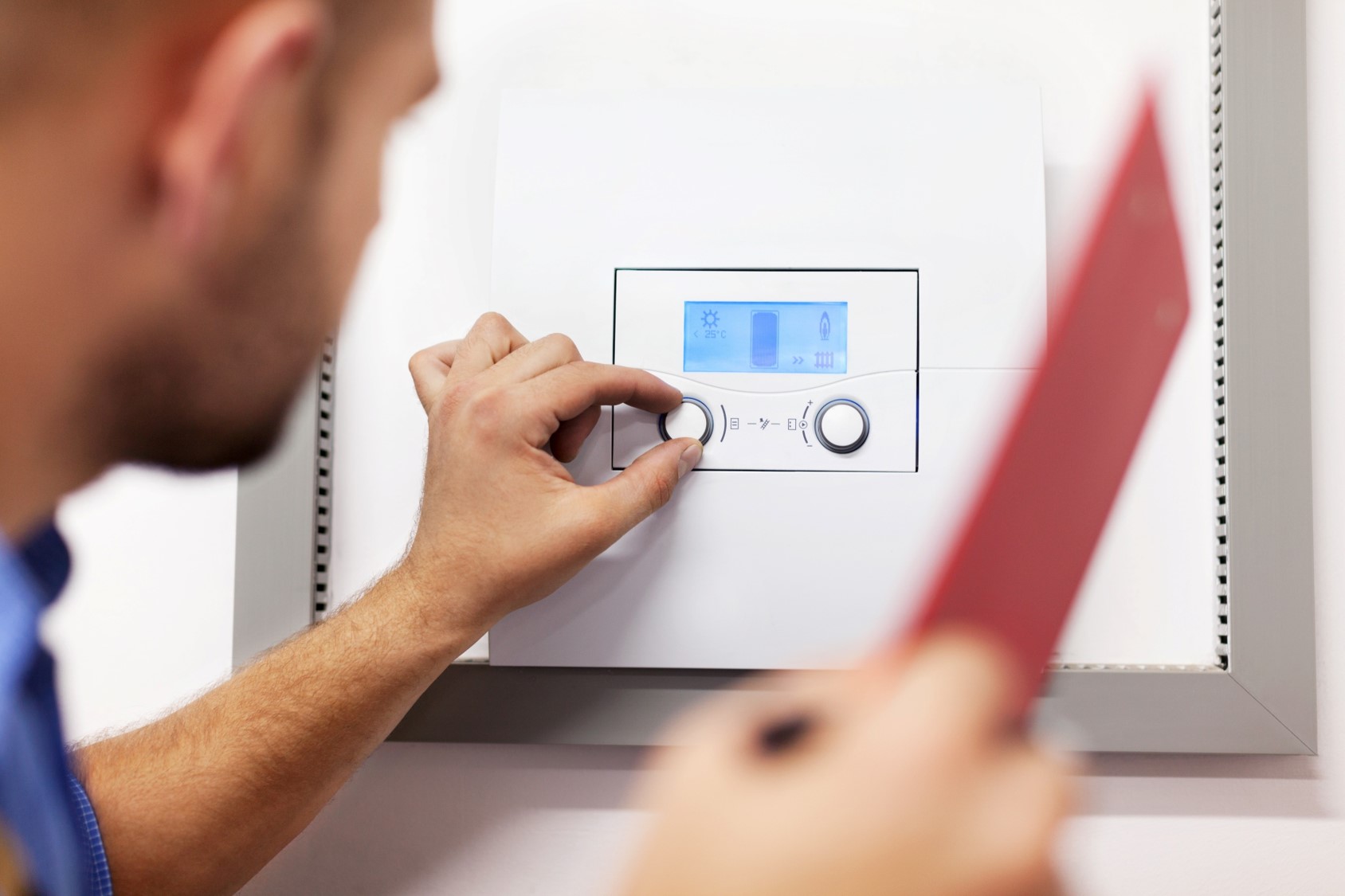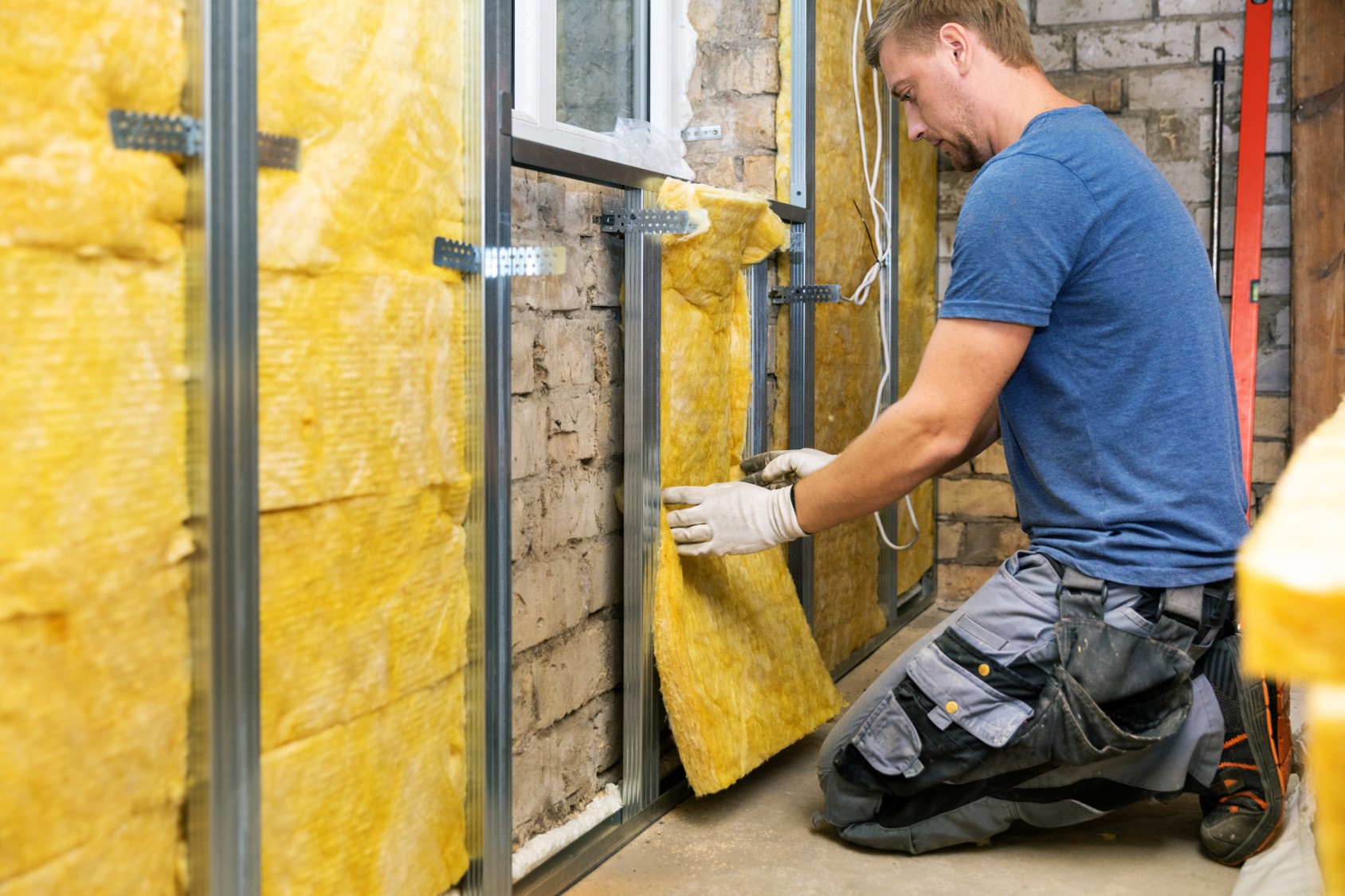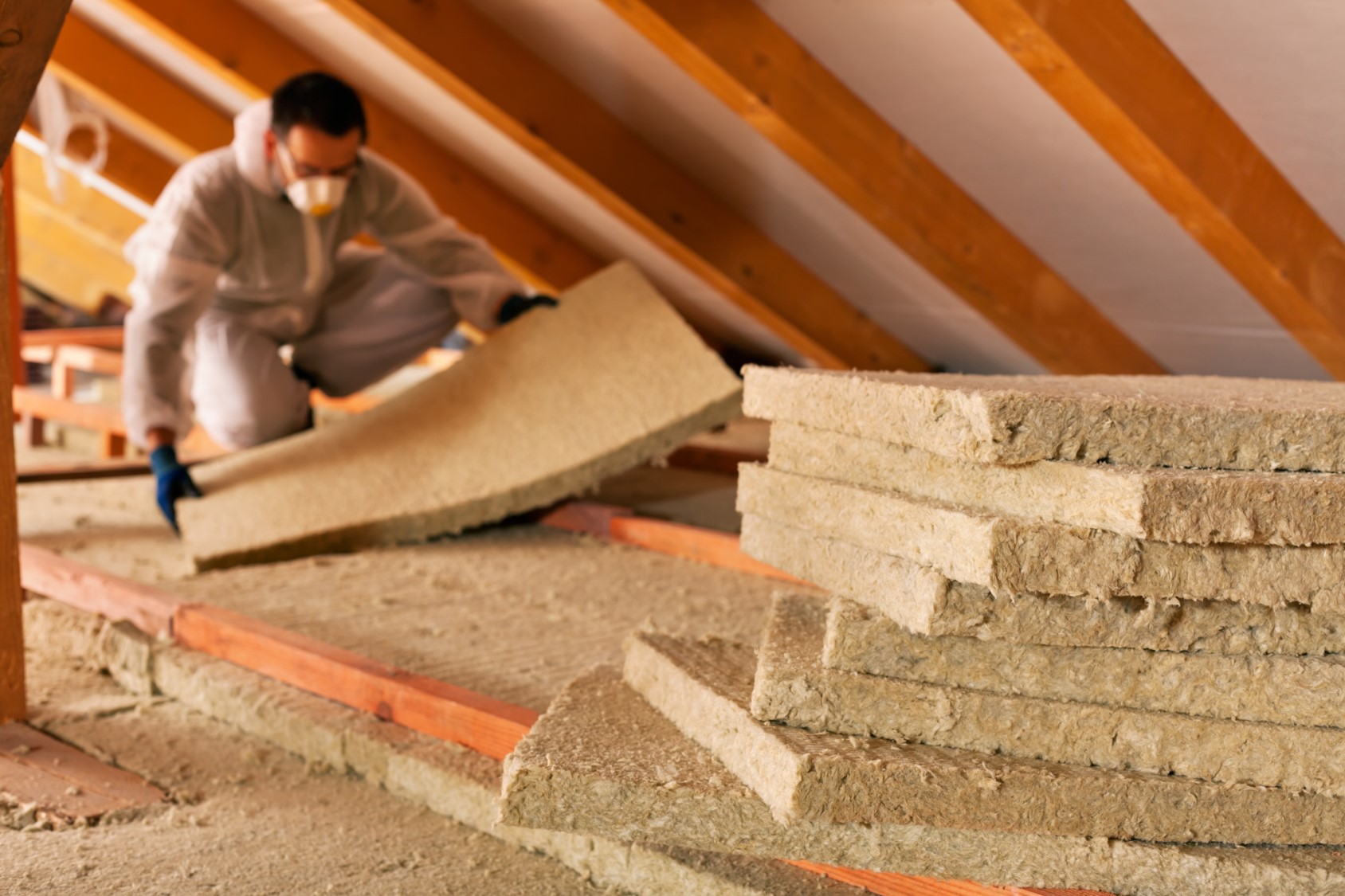Winter is Coming !
Kurtis Property's top tips to keep warm and save ££££

Whilst you may have delayed putting on the heating thanks to the freak warm spell we experienced this year, winter is just around the corner.
Last December was the coldest month on record for over 100 years and it looks like much of the same again this year.
As the nights become longer and colder its time to start thinking about winter proofing your home. Heating bills are extortionate and whilst wrapping up warm is great idea, it is vital that you think about how you’re going to keep your home warm.
1. Insulate your pipes:
Pipe insulation consists of a foam tube that covers the exposed pipes between your hot water cylinder and boiler, reducing the amount of heat lost and, therefore, keeping your water hotter for longer. It's usually as simple as choosing the correct size from a DIY store and then slipping it around the pipes. Pipe insulation can save around £10 a year on your energy bills.
2. Install draught excluders:
DIY draught proofing of windows, doors and random holes in the home can be a great way of stopping heat from escaping. Homeowners can buy draught proofing products in DIY stores, potentially saving up to £35 a year.

3. Boilers work best at one bar
It’s important to check your boiler pressure – it should be about one bar. You’ll find the pressure gauge on the front of your boiler or underneath it, where the pipes are. If you are unsure how to change the pressure please consult a qualified Gas Engineer.
4. Bleed your radiators & fit radiator reflector panels:
Bleeding a radiator can seem like a daunting task. But it’s really easy and will help keep your home toasty this winter. If your radiators are cold at the top and hot at the bottom, they’ll need bleeding. Just turn off your heating and get a cloth and a bleed key ready. At the top of your radiator, turn the valve anti-clockwise until you hear a hiss (don’t worry, it’s only air). Hold a rag below to catch any water that drips. Once water starts to flow, tighten the value up and you’re done.
Radiator reflector panels fix behind your radiators to reflect heat back into the room instead of letting it out through an external wall. Reflector panels will be most beneficial when installed on uninsulated walls where they could save you around £15 a year.
5. Ensure your walls are insulated:
Wall insulation will provide the greatest savings and warmest homes overall. If your home was built after 1930, the chances are that its external walls are made of two layers of brick with a gap or cavity between them. Cavity wall insulation fills that gap, keeping the warmth in to save energy. The average installation cost for cavity wall insulation is between £450 and £500 and it can save up to £160 a year for a typical semi-detached home. So it could pay for itself in less than four years.
If your home doesn’t have cavity walls then it’s highly likely that it will be a solid wall property. Insulating the solid walls of a home could cut the heating costs considerably. The good news is they can be insulated – from the inside or outside – and this can save around £260 a year in a typical three-bed semi or even £455 a year in a detached home. However, the up-front costs are high and will vary significantly depending on the level of work required.

Consider reducing insulation costs by carrying out the work at the same time as other home improvements, or spreading out the work over a longer time-period and tackling your home’s insulation needs on a room-by-room basis.
6. Leave the cold at the door
If you’re feeling the chill from draughts in your home, sealing them is a quick and simple way to stay warm and save money. Good places to check for draughts are around the edges of your window frames, the gaps under your doors, and around your letterbox. Draught excluders are available online for a few pounds which will help with the doors. You could even make one yourself if you’re feeling creative. For windows and other small gaps, just seal the openings and keep the cold out this winter.
7. Don't forget your loft:
while most loft-spaces in UK homes will have some insulation fitted already, often it's thinner than the recommended standard to gain the maximum benefit. Topping up your roof insulation from 120mm to 270mm could save you an extra £10 - £20 a year, in addition to keeping your home feeling warmer.

If you would like further information on our services or property advice then please contact us here.
Looking to sell or rent your property? Get an instant valuation here
